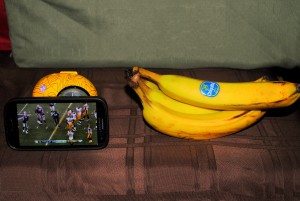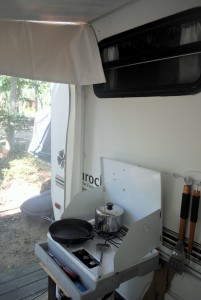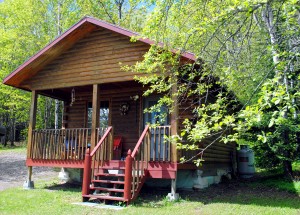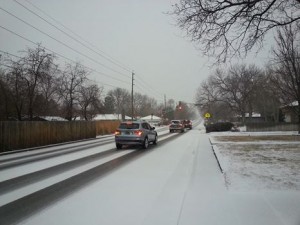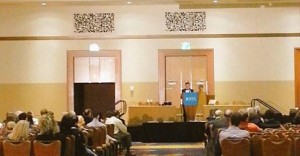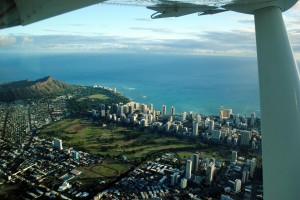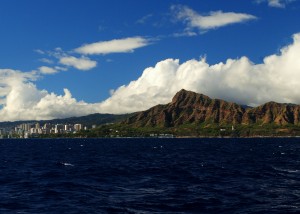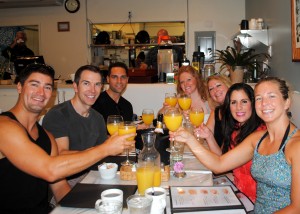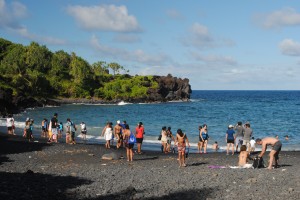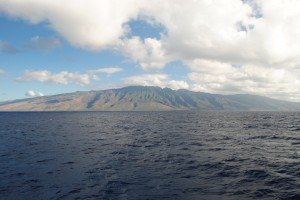In recent years I have gone out of my way to educate clients, colleagues, and others on the success of non-operative, conservative care for a variety of conditions. The #GetPT1st campaign has been a big motivator for me and is a great resource for PTs wanting to educate those around them on the potential to avoid surgery for a variety of conditions through PT. In my own clinical practice, in a ski town, I have become somewhat obsessed with the idea that the majority of clients with ACL tears should be put through a mandatory 6 week waiting period before electing surgery. Here, the tendency is for skiers to elect immediate surgical reconstruction for their ACL-deficient knees. The thought is “surgery will add stability and decrease the likelihood of premature arthritis,” “skiing is different than other sports, you need an ACL,” and “our population is just different here, everyone is extremely active.” I have been fighting these misconceptions for a couple years now, but change is slow – some of my PT colleagues still don’t buy that there is a percentage of people who can live an active, fruitful, physically elite life without an ACL (if you guys are reading this, I will get you eventually… you’ll see). I think the idea of the active non-surgical ACL is gaining some traction – if not yet with the medical community in town, at least more patients are starting to self-select a waiting period before surgery. Just to be clear, evidence tells us that there is a significant percentage of the population that can return to full function without an ACL – this percentage includes division I athletes and downhill skiers. Studies have specifically been done on ACL deficient elite athletes, there is a significant percentage who return to sport without an ACL – in fact, for those with a well informed sports medicine team, the non-surgical option can be a quicker way back to competition. Repairing your ACL does not decrease your chance of early arthritis – the life of a knee without arthritis following ACL reconstruction is about 15 years according to the literature. So there. People just don’t want to be patient and do 6 weeks of strengthening for a less than 50% shot at avoiding surgery – hey, if that’s the choice they want to make, I don’t really blame them…. But I feel strongly that they should be accurately informed.
We’ve had a couple injuries in the Spencer household lately and we’ve had to choose conservative care over surgical intervention.
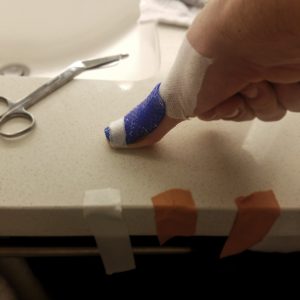
Here I am pressing my thumb into the counter to keep it extended while I work to re-tape the splint for support. The morning ritual takes longer than you’d think and has evolved to my using 10 separate pieces of tape each time.
I had an unfortunate water polo accident (said no one else ever). Goofing around between actual play, I had a shot blocked and my thumb went tip first into a swatting palm. I immediately knew something wasn’t right – I instinctively grabbed my thumb. There wasn’t much pain at all, but I had heard a small pop and my thumb would no longer actively extend – I could easily push it straight with the other hand, but could not hold it there without assistance. I don’t do a lot of hand therapy (I’m spoiled by having some great hand therapists around me), but I knew enough to know immediately that some sort of tendon no longer existed. The next day, I got bootleg-assessments from one of our talented OTs and a trusted Orthopaedic Surgeon next door – the good doctor diagnosed mallet thumb. Mallet thumb? “Yes, it’s mallet finger but in your thumb,” he said frankly. This is not common. The extensor pollicis longus tendon is broad, thick, and fibrous – it doesn’t usually rip. Because it’s relatively rare, there’s not a whole lot of research on mallet thumb – but I did find some case studies. It seems I could surgically have a pin put down the length of my thumb bones for 8 weeks and have a return of most of my thumb extension pretty much guaranteed …or… I could wear a splint on my thumb for 8 weeks – no bending the thumb, ever. I can take the splint off to clean the thumb with the tip pressed against a counter-top for extension, but if the thumb bends, the 8 weeks starts over. Most people do well with the conservative treatment, but full return is not as guaranteed as with surgery. I figure with a small army of OTs, PTs, and Orthopaedists at my disposal, I should do well – we’ll find out in about 3 more weeks. The idea with both the surgical and conservative treatments is that the tendon will scar down to the bone wherever it is – hopefully it scars down somewhere useful. I’m just happy that I’m able to keep working, and, more importantly, continue skiing.
But my little thumb injury has been put to shame by Kate who went out and tore her ACL. I need to pause here and quickly explain that Kate is pregnant and we are excited to be adding a baby girl to our gypsy caravan in April! So, needless to say, many exciting changes ahead. I’ll do a separate blog soon about how this will affect our traveling life – for now, let’s stick to the current topic.
Kate had been skiing cautiously and picking her ski-days judiciously. She was simply coming to meet me for breakfast on the mountain and for one ski run. She was skiing on a wide open run 5 minutes after the mountain opened when she was clipped by another skier. The fall wasn’t bad, but it was enough to tear Kate’s ACL (no other injuries to momma or baby). After struggling through our planned breakfast, we called ski patrol, and Kate got a ride down the mountain.
What we have here is a situation where we have no choice, Kate won’t be having surgery (at least not until after the baby is born) – we must try our luck at conservative management of Kate’s knee. Although, I did receive a call at work this week from another pregnant woman in town who had torn her ACL. She had tried skiing on it again already, but “it didn’t feel right” so she stopped. Her OB, suggested that she should have the ACL repaired soon, so she would avoid crutches while super-pregnant or while caring for a tiny baby. I guess it just goes to show the persistence of the myth that an ACL is absolutely necessary.
Anyways, Kate’s knee swelled up pretty big and there was some visible bruising. Kate did get an X-ray just to make sure there is no fracture. As we have progressed only a few weeks from the injury, Kate has started formal PT with one of our coworkers and she is already hiking lightly without a brace. So, she’s doing all she can do and hopefully when this summer comes, more vigorous hiking is not a problem. Perhaps next winter, she will ski comfortably without an ACL – her early success at walking without a brace seems encouraging.
Onward we both go. We’re doubling down – no surgery here unless we absolutely need it. Surgery is, and should always be, a last resort.


